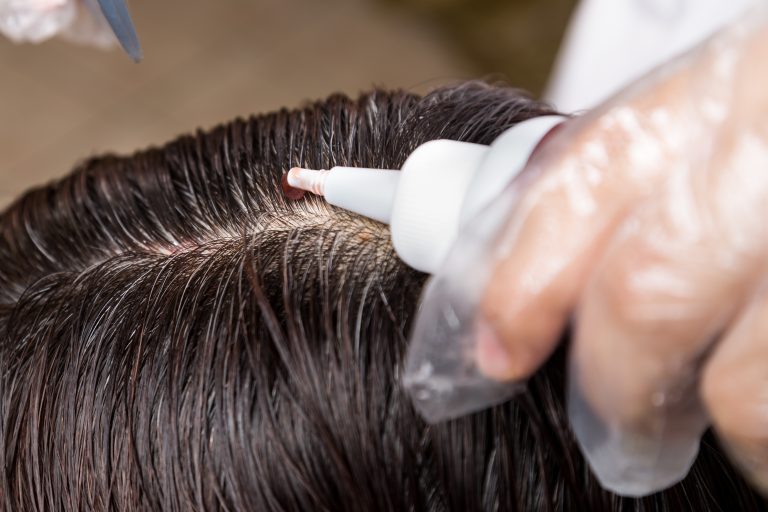

As lock-downs begin to lift across the country and hair salons start to open their doors, many people are still finding themselves unable to get a hair appointment. Between COVID safety regulations and high demand, salons are booking up fast. If you are a part of the population that is looking far into the future to see your stylist while simultaneously looking at your ever-growing roots in the mirror, you may be tempted to pick up that $5 box of dye at your local drug store. However, before you make that impulsive decision, I’d like to offer some education about why your stylist doesn’t want you coloring your own hair and what the implications are if you do.
Let’s start with the basics. In the hair world, we identify the level of lightness and darkness on a scale of 1 to 10. 1 being the darkest black and 10 is the lightest blonde. In order to change the shade of hair on that scale, we must use either a tint or a lightener. If you want to darken the hair or keep it at the same level, you must use a tint to deposit color into the hair strands, while if you want to lighten the hair, you must use a lightener, which removes color molecules from the hair shaft. Tint does not have the power to lift pre-existing color, so putting blonde tint on top of dyed brown hair will not change the shade (the very reason a friends hair was stuck with a red streak for several years).
When using lightener in your hair (for highlights, balayage, and bleach & tones), you hair stylist has many factors to consider. The first is called Natural Remaining Pigment (NRP). To put it simply, we have three distinct pigments that exist inside hair:
All three exist in darker shades, while only yellow exists when you get to the lighter end of the spectrum. This is why many at home bleach jobs end in orange or yellow hair. To counteract this, your stylist will formulate a tone to apply on top of the lightened hair, which uses color theory to neutralize the NRP left behind.
The other thing your stylist has to consider is the strength of the lightener and the time they leave it in your hair. As we discussed with NRP, red only exists in the darkest shades, so if you want to reach a light brown shade, you must lift all the red pigment out of the follicle. The same is true with orange not existing in the lightest shades. In order to accomplish this your stylist must either extend the time the lightener is in your hair, or increase the strength of the lightener, both of which put stress on the follicle. This is a very delicate balancing act of opening the follicle enough to release the undesired NRP, while preserving the integrity of your hair follicle (as to not create breakage). This is why lightening hair is best left up to professionals who have not only been trained behind the chemical reaction of this process, but also have years of trial and error in perfecting this art. Furthermore, store bought lighteners often do not indicate the strength, and can cause more damage, quicker.
Lastly, your stylist is focusing on the application of the lightener. Application is paramount in producing a natural, highlighted look. Stylists spend their entire career perfecting the application of lighteners. Sloppy application can produce large splotches, blocky stripes, and varied colors. The heat of your head also affects application, as lightener placed closer to the scalp will develop faster than lightener placed on your ends.
Okay, so we have established that lightening your hair is a little harder than it looks and is best left up to a trained colorist. So what are you waiting for? Make that appointment, get that stylish hair, and resume your days with a sense of security in your hairs health and beauty.
Give us a call at AluxSpalon for all your hair coloring needs!
Phone: (970) 923-9407